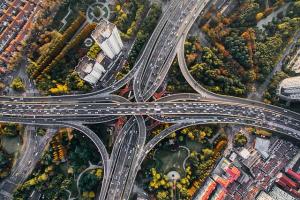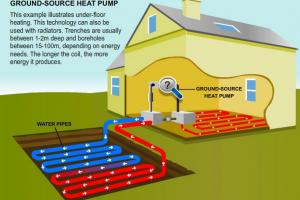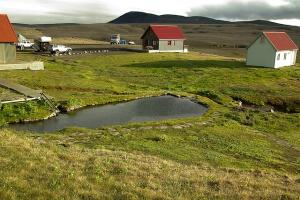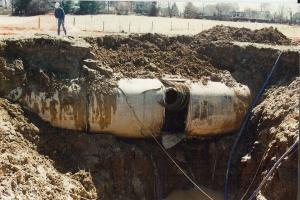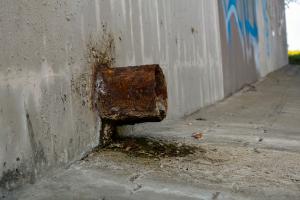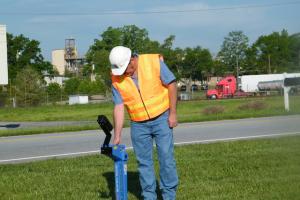Types of Infrastructure in Urban and Rural Areas
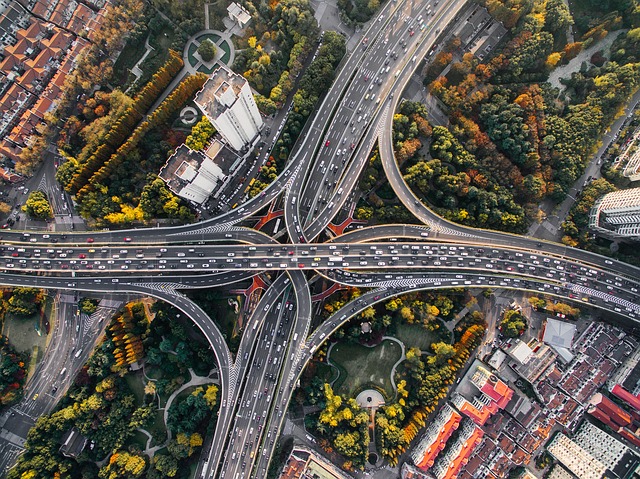
Types of Infrastructure
In urban and rural areas, infrastructure plays a vital role in supporting various needs and services. Here are the different types of infrastructure found in both settings:
Transportation:
- Ground transportation: This includes roads, bridges, tunnels, and railroads that facilitate the movement of vehicles and goods on land.
- Air transportation: Infrastructure related to air travel, such as airports, heliports, ground facilities, and air-traffic control systems.
- Waterways and ports: Infrastructure for inland waterways, shipping channels, terminals, dry docks, and sea ports that enable water transportation.
- Inter-modal facilities: Terminals that facilitate the transfer of goods and passengers between different modes of transportation, such as rail/airport terminals and truck/rail/port terminals.
- Mass transit: Infrastructure for public transportation systems, including subways, bus transit, light rail, monorails, and platforms/stations.
- Pipelines: Infrastructure for the transportation of natural gas and crude oil through pipeline networks.
Water and Wastewater:
- Water supply: Infrastructure for water pumping stations, treatment plants, main water lines, wells, and mechanical/electric equipment to provide clean water to communities.
- Structures: Infrastructure like dams, diversion channels, levees, tunnels, and aqueducts used for water management and control.
- Agricultural water distribution: Infrastructure comprising canals, rivers, weirs, gates, and dikes that support the distribution of water for agricultural purposes.
- Sewers: Infrastructure for managing wastewater, including main sewer lines, septic tanks, treatment plants, and stormwater drains.
- Stormwater drainage: Infrastructure designed to handle stormwater runoff, such as roadside gutters and ditches, streams, and levees.
Waste Management:
- Solid waste: Infrastructure for the transport, disposal, treatment, and recycling of solid waste, including landfills, treatment plants, and recycling facilities.
- Hazardous waste: Infrastructure for the safe transport, storage, treatment, and disposal of hazardous waste, ensuring proper handling and security.
- Nuclear waste: Infrastructure for the transportation, storage, and security of nuclear waste materials to minimize environmental and public health risks.
Energy Production and Distribution:
- Fossil fuel-based electric power production: Infrastructure for power generation from gas, oil, and coal, including power plants and associated facilities.
- Electric power distribution grid networks: Infrastructure comprising high-voltage power transmission lines, substations, distribution systems, control centers, and service and maintenance facilities.
- Gas pipelines: Infrastructure for the transportation, storage, and distribution of natural gas, including pipeline networks, computer stations, and control centers.
- Petroleum/oil production: Infrastructure involved in the extraction of petroleum/oil, including pumping stations, separation plants, and road networks.
- Petroleum/oil distribution: Infrastructure for the transportation, storage, and distribution of petroleum products, such as marine and ground tanker terminals, pipelines, and storage tanks.
- Nuclear power stations: Infrastructure supporting nuclear power generation, including nuclear reactors, power-generation stations, waste disposal facilities, and emergency equipment.
- Renewable energy and non-fossil fuels: Infrastructure for solar power, wind power, hydroelectric power, and bio-fuels, including generation facilities and associated infrastructure.
Buildings:
- Public buildings: Infrastructure for public facilities like schools, hospitals, government offices, police stations, fire stations, postal offices, prison systems, and parking structures.
- Other buildings and structures: Infrastructure for residential, commercial, and office spaces, including public housing, utilities, swimming pools, and parking facilities.
- Multipurpose and sports complexes: Infrastructure for venues like coliseums, amphitheaters, convention centers, and related facilities.
- Housing facilities: Infrastructure for public and private housing, supporting residential communities.
- Industrial, manufacturing/warehouse, and supply chain facilities: Infrastructure for industrial and manufacturing operations, warehouses, and supply chain logistics.
Recreation facilities:
- Parks and playgrounds: Infrastructure for recreational spaces, including roads, parking areas, facilities, buildings, restrooms, ornamental fountains, swimming pools, and picnic areas.
- Lake and water sports: Infrastructure supporting lake-based activities, such as access roads, parking areas, picnic areas, and marinas.
- Theme parks/casinos: Infrastructure associated with theme parks and casinos, including access roads, buildings, restaurants, security facilities, and related structures.
- Hospitals and public health facilities: Infrastructure for healthcare facilities, both public and private, to provide medical services and support.
Communication:
- Infrastructure for communication includes telecommunications networks, fiber-optic cables, cellular towers, satellite communication systems, data centers, and other infrastructure that supports connectivity and information exchange.
These types of infrastructure are crucial for the functioning of urban and rural areas, providing essential services, supporting economic activities, and enhancing the quality of life for communities.



